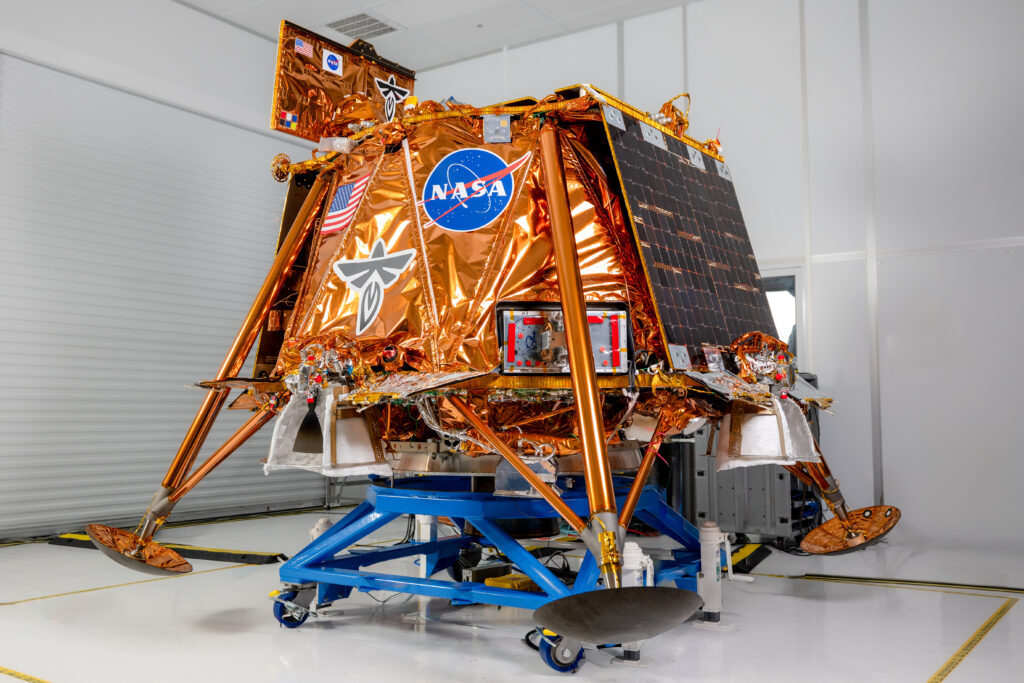Latest News

Firefly prepares to ship Blue Ghost to the launch site. Photo: Firefly Aerospace
Two separate lunar landers built by commercial companies are now on the way to the Moon after a SpaceX launch early Wednesday morning.
SpaceX launched the Firefly Aerospace Blue Ghost Mission 1 along with ispace’s Resilience lunar lander on a Falcon 9 mission. The mission launched from NASA’s Kennedy Space Center in Florida at 1:11 a.m. ET.
The Blue Ghost mission is Firefly Aerospace’s first Commercial Lunar Payload Services (CLPS) flight for NASA and it is carrying 10 science and technology instruments. Firefly confirmed that it acquired a signal from the lander and completed on-orbit commissioning by 5:30 a.m.
Blue Ghost is now on a 45-day mission to the moon, where it will spend an additional 14 days operating on the lunar surface. It is headed to the Mare Crisium, a basin on the Moon’s near side. During its time on the Moon, it will support the NASA science and technology demonstrations including lunar subsurface drilling, sample collection, X-ray imaging, and dust mitigation.
NASA has contracted Firefly for three missions to the Moon under four CLPS task orders. The next mission is planned for 2026, and NASA recently awarded another mission for 2028.
“After all the testing conducted and mission simulations completed, we’re now fully focused on execution as we look to complete our on-orbit operations, softly touch down on the lunar surface, and pave the way for humanity’s return to the Moon,” Firefly CEO Jason Kim said in a release.
Japanese company ispace also confirmed post-launch that its team has made contact with the Resilience lander, establishing stable communications and attitude control.
The lander has six payloads onboard developed by different companies and universities, This includes a micro rover called Tenacious, designed by ispace Europe, which will collect lunar regolith.
This is ispace’s second attempt to land on the moon after its previous Hakuto-R Mission 1 launched in December 2022 was not successful.
Get the latest Via Satellite news!
Subscribe Now